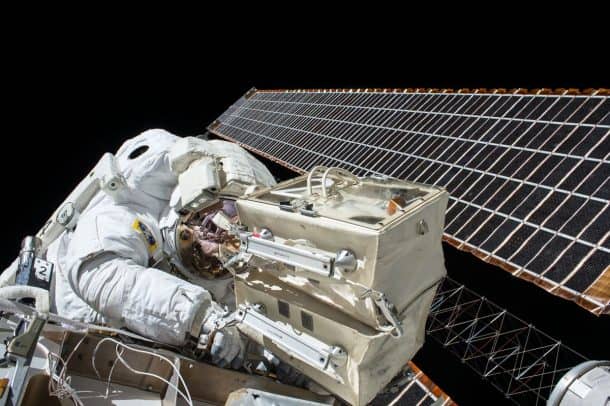Being an astronaut might sound like a very glamorous job, but it requires more sacrifice and dedication than any other occupation. Putting your life on the line while sitting on a burning bomb and moving at 20 times the speed of sound is no walk in the park. But the struggle only begins when the astronauts manage to break away from Earth’s gravitation.
Other than being surrounded by life-sucking vacuum, astronauts run huge risks of developing cardiovascular disease due to weightlessness and space radiation. Adding to the woes is the lack of any medical expertise, so the group of astronauts are entirely on their own in case of any kind of a medical emergency.
To give these brave men and women a fighting chance at survival, especially with the three year long trip to Mars fast approaching, experts are suggesting the deployment of 3D printing to help the crew members create the tools to save the life of a fellow astronaut in trouble.
The idea of 3D printing the medical equipment in space was put forth by a panel of experts on the Euroanaesthesia Congress in Geneva who are concerned about the health care provided to astronauts in case of a medical emergency of illness.
Professor Jochen Hinkelbein, President of the German Society for Aerospace Medicine advocated the prospect in an article for Telegraph,
“Since astronauts are selected carefully, are usually young, and are intensively observed before and during their training, relevant medical problems are, fortunately, rare in space,” Hinkelbein told the Telegraph. “However, in the context of future long-term missions, for example to Mars, with durations of several years, the risk for severe medical problems is significantly higher. Therefore, there is also a substantial risk for a cardiac arrest in space requiring CPR.”

NASA has already established a 3D printing project at the International Space Station with the help of Niki Werkheiser, their 3D printer program manager at NASA’s Marshall Space Flight Center.
“In less than a week, the ratchet was designed, approved by safety and other NASA reviewers, and the file was sent to space where the printer made the wrench in four hours,” Werkheiser said in a story on the NASA website.
The ratchet was part of the 1,600 3D printing experiments on the ISS and opens up some exciting prospects in the future apart from its medical potential,
“If you can transmit a file to the station as quickly as you can send an email, it opens up endless possibilities for all the types of things that you can make,” said Werkheiser. “We even may be able to make objects that previously couldn’t even be launched to space.”


